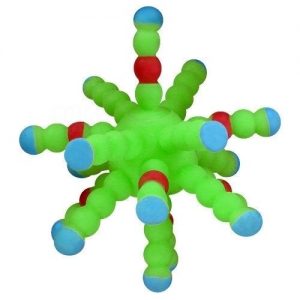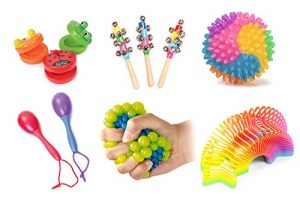I had recess regularly in third grade, not merely on Fridays if my classmates and I had behaved well. But recess has been under attack for years now. Those recess minutes are being redeployed to academics, especially in areas where state test scores run low.
Friday afternoon I let a group of kids out to play. Tag took off furiously. Marco Polo followed. I had to tone down the screaming of excited kids who were finally getting a chance to play. I had to slow down kids who were running at joyous, but hazardous, speeds. I don’t think anybody slowed me down when I was a kid, but if I had fallen and broken an arm, nobody would have sued the school district either. In that distant time, the idea that kids get hurt was just part of the landscape. If a kid fell out of the tree, no one pursued legal action against the park district because its trees were unsafe.
Back to my theme: Individualized Education Plans (IEPs) and classroom management plans are filled with strategies to help kids burn off excess energies while they work. Fidget toys are added to IEPs regularly. A fidget is usually an object, often small, that kids manipulate while doing other things. Kids squeeze, stretch, or spin their way to supposedly better focus. For some kids, fidgets do work. For others, I believe fidgets become distractions. Certain students focus on the Play-Doh or squeeze ball, and tune out the lesson entirely.
We use stress balls, push and pull balls, spiky balls, slap-bands and tangle toys, We use puzzles. Who came up with the idea that doing puzzles during class could help learning? For that matter, I’d ask parents and those outside education to consider the uses of a ball in young, distractable hands. Still, fidget toys when properly managed can help students focus. So can music. Some people work better with noise in the background, while others benefit from silence.
Eduhonesty: Stepping back from fidget toys themselves for the moment, I’d like to throw a big idea out here. I think we have created the need for fidget toys to squeeze, and ball chairs to sit on, by taking away play time. The need to play will burst out. Instead of handing our students blobs of dough, like distributors of methadone to recovering addicts, maybe we should just let them loose on the playground for 15 or twenty minutes in the morning and afternoon. I’m sure many students could wean themselves off fidget toys if they simply got a tag or Marco Polo break to burn off the nervous energy that builds up during the day of nonstop, pressure academics.
A little more Marco Polo and we might be able to add another baked chicken nugget to those low-calorie and often low-flavor lunches, too.


